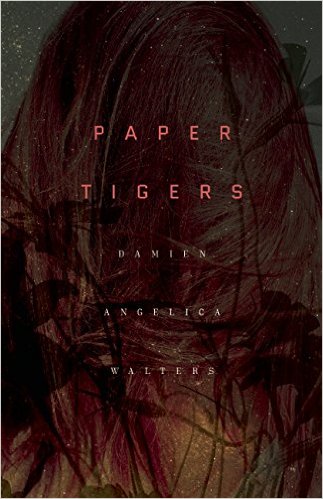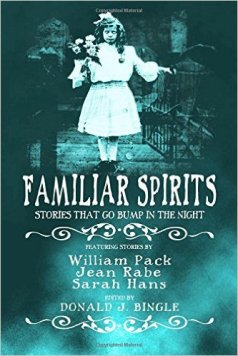 So, there’s this guy. Nick Graves. Nick is a bit of a jerk. He hates his wife, but when her surprise pregnancy derails his plan to divorce her, he decides to move them both far from friends, family and anything they know. That’ll show her. Too bad he didn’t look into the neighbors a bit closer as everyone he meets seems to act very strange and they have their own plans for him.
So, there’s this guy. Nick Graves. Nick is a bit of a jerk. He hates his wife, but when her surprise pregnancy derails his plan to divorce her, he decides to move them both far from friends, family and anything they know. That’ll show her. Too bad he didn’t look into the neighbors a bit closer as everyone he meets seems to act very strange and they have their own plans for him.
Let’s be straight here: this is not a book for most of you. It’s chock full of violent sexuality and more than a fair bit of dead fetus. Normally, I’d call that a spoiler, but the cover has a wire hanger worked into the pentagram and little fetuses line the edges. You knew what you were walking into the moment you picked it up.
For those that have been longing for a bit of the old Hardcore in their horror in a time that seems overrun with tentacles and sighs, Hunt will prove a gift. Purple putrescent people pieces abound within these pages. There’s violence and dismemberment and sex galore. Sometimes, the three slide across each other.
Hunt’s prose is lean and mean and aims straight for the gut. There isn’t much poetry to it, but I don’t think that was what she was going for here. I felt some kinship to Bentley Little (one of the authors she dedicates the book to) at times, especially with her ability to have me tearing pages at such a rapid pace while absolutely despising the person I was reading about.
As an interesting departure from typical hardcore horror, the violence is not so much sexualized as the sex is violenc-ized (that’s a word, right?). There’s nothing sexy about any of the sex presented here. It’s ugly and harsh and a bit grotesque at times. This is the sex of power politics, not pleasure. The violence seems more of an extension of that ethos that an end of its own. It’s also worth noting that this violence is perpetrated by women and upon men, instead of the far too often used other way around.
However, there isn’t much more than that to this yarn. The only character we really get to know, Nick Graves, is a one-note douche. I felt pulverized with the intensity of his asshole for pretty much the whole thing. He never changes, nor does anyone else. The Satanists are evil Satanist women and the guys are horny. Oh, there is that one girl who is just kinda bitchy. I would have preferred a bit more meat with all the flesh on display. I think I’ve also reached a point where cartoony rape doesn’t even offend me anymore. I just find it boring.
Where you sit with it at this point is on you.
Cover Art: On first glance, it seems like just the simplicity one would expect from a grimoire, with that basic block writing and simple pentagram against a plain black field. A closer gaze nets you the realization of the hanger in the pentagram and an even closer look reveals the slightly less black fetuses curled in upon themselves along the edging*. Nice touches by Brandon Duncan.
*Admittedly, those fetuses show up very well on the picture here, but they are a bit more discrete on the actual cover of the physical book.
 If you’ve read my review of Damien’s collection (
If you’ve read my review of Damien’s collection ( It seems like, when you mention ghost stories these days, most people picture old, drafty Victorian manses echoing with the soft calls of lost souls who mostly seem to cry out for revenge. While those have their place, they aren’t the kind I grew up with. The ones I learned, mostly at the foot of my mother tended to work more as a gateway to the history of the place and, most importantly, the people who lived there. Any rattling chains or slamming doors or even that one with the stones being chucked at anyone on the balcony came secondary to that.
It seems like, when you mention ghost stories these days, most people picture old, drafty Victorian manses echoing with the soft calls of lost souls who mostly seem to cry out for revenge. While those have their place, they aren’t the kind I grew up with. The ones I learned, mostly at the foot of my mother tended to work more as a gateway to the history of the place and, most importantly, the people who lived there. Any rattling chains or slamming doors or even that one with the stones being chucked at anyone on the balcony came secondary to that.





Recent Comments